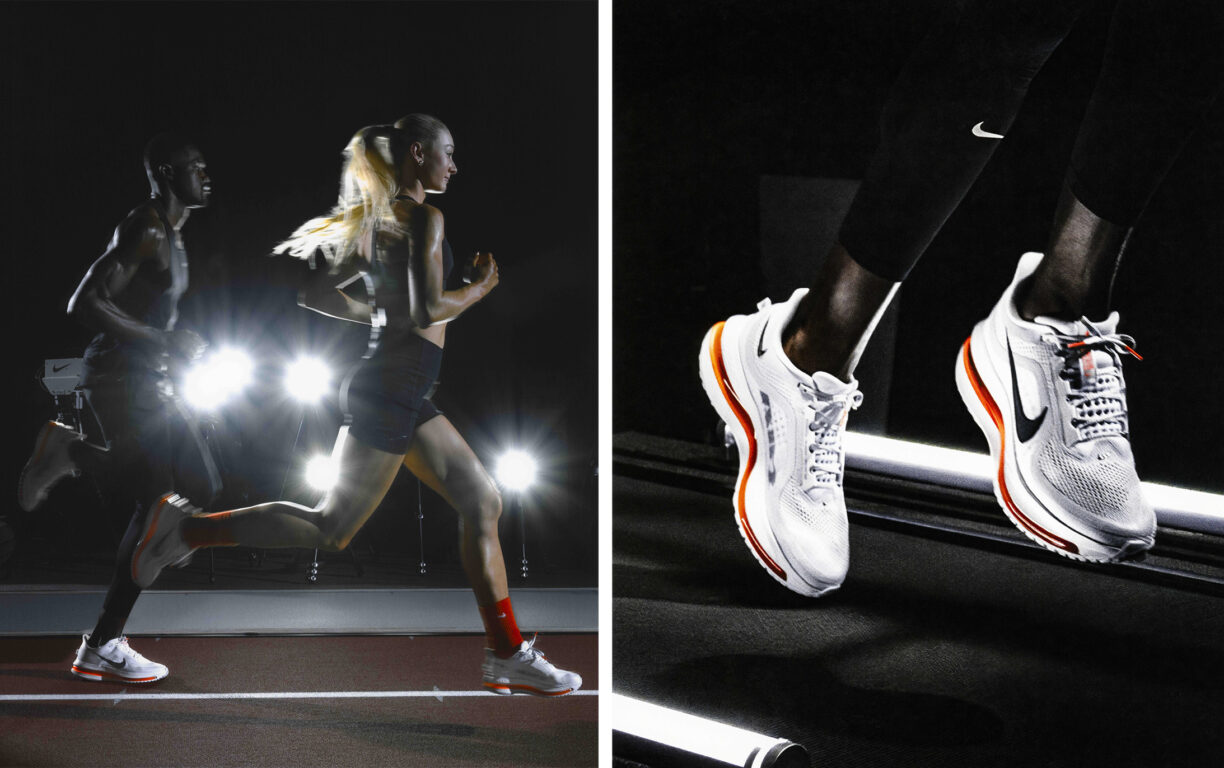Finding the best injury prevention running shoes is like picking the perfect golf club—you want the right fit, the right tech, and a little bit of magic.
Yet, a freshly unveiled SportsShoes.com report has found that a staggering 79% of UK runners are lacing up in ill-suited kicks, unwittingly flirting with discomfort and, worse, injuries.
With four in ten Brits pounding pavements every week—and nearly three in ten planning to ramp up their mileage in 2025—the stakes have never been higher.
So, what exactly is tripping us up, and how can we fix it?
A Worn-Out Workout
- 79% of runners are in the wrong shoe for their running style.
- Only 17% swap out their trainers at least once a year.
- A hefty 20% wear their running shoes as everyday footwear, speeding up wear and tear.
Experts generally agree that most running shoes need replacing every 500–750 km, depending on your gait, terrain, and body type. But with the average jogger covering that in a handful of months—or even weeks—many of us are pushing well past the breaking point.
“While wearing your running shoes for day-to-day activities won’t cause any harm or injury, it can speed up the wear and tear of your shoes which will shorten their lifespan. Running shoes are constantly evolving with tech and performance which means sometimes they also need time to recover between sessions or ‘bounce back’ due to the foams that are being used.”
— Gary House, National Running Show Coach of the Year
Gait Analysis: The Forgotten Secret
Surprisingly, fewer than 1 in 10 runners have ever undergone a simple gait analysis—a quick check of stride length, foot strike, posture, and body mechanics. It’s the kind of insight that doesn’t just fend off injury; it turns good runners into great ones.
The Price of Progress: Top Running Injuries
An eye-opening 70% of runners report at least one injury, with men (73%) slightly ahead of women (66%). Here’s the leaderboard of agony:
| Rank | Injury | Affected |
|---|---|---|
| 1 | Blisters | 14% |
| 2 | Lower back pain | 13% |
| 3 | Ankle sprain | 12% |
| 4 | Dehydration | 12% |
| 5 | Side stitches | 11% |
| 6 | Runner’s knee | 10% |
| 7 | Shin splints | 9% |
| 8 | Hamstring strains | 8% |
| 9 | Hip pain (hip flexor) | 7% |
| =10 | Plantar fasciitis | 6% |
| =10 | Toenail damage or loss | 6% |
| =10 | Heat exhaustion | 6% |
Minor nuisances like blisters may seem harmless, yet they sideline 70% of sufferers long enough to cool their training engines. And some conditions pack a more serious punch:
- Morton’s neuroma demands an average 9.05 weeks off.
- Broken bones cost about 9 weeks.
- Achilles tendinopathy sidelines runners for 8.92 weeks.
- Even toenail trauma carries a hefty 5.93-week recovery.
Smart Steps for Safer Strides
If you’re serious about longevity on the roads—and you haven’t already—make a beeline for a gait analysis. Pair that intel with the best injury prevention running shoes, and you’ll dramatically lower your risk of torn tendons and twinged muscles.
Rotate your footwear regularly, reserve your cushioned trainers for pounding the pavement (not your daily commute), and heed signs of wear long before they show on the soles.
Whether you’re gunning for a marathon PB or just want to enjoy your Sunday jog pain-free, the right setup is everything. After all, running should leave you feeling invincible, not injured.
For the full lowdown on UK running trends, injury statistics, and even a peek at the world’s hottest marathons, trot over to SportsShoes.com’s Health & Wellbeing hub at sportsshoes.com/advice/running-hub/health-wellbeing/running-report.





